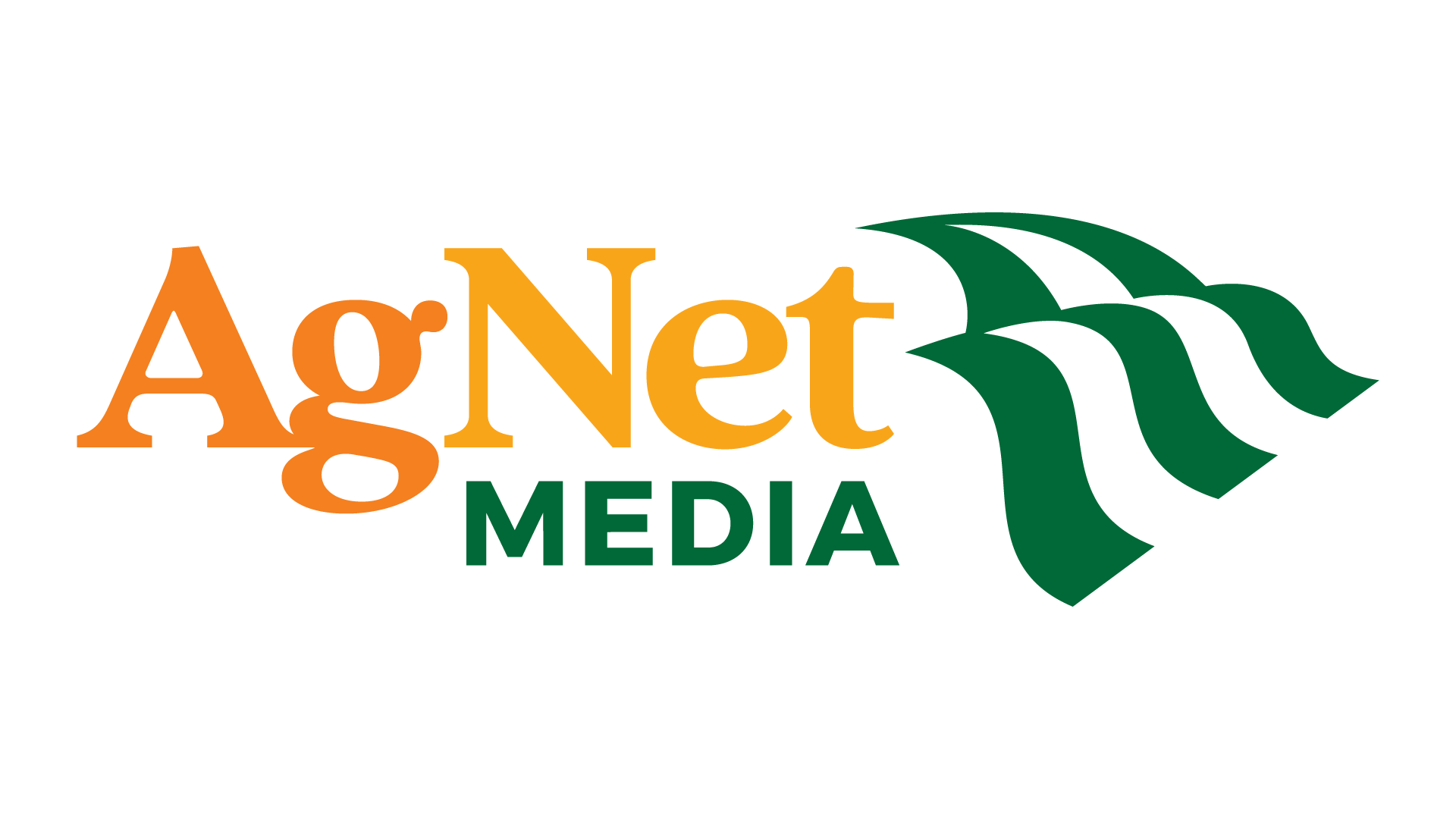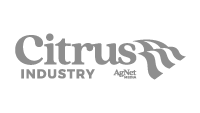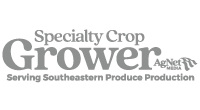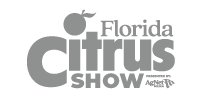
By J. Scott Angle, jangle@ufl.edu, @IFAS_VP
About 18 months ago, Matt Joyner, Kyle Story, Morgan McKenna Porter, Emery Smith and other Florida citrus leaders visited me in Gainesville. Together, we shaped an idea to accelerate our search for solutions to HLB.
The idea is already reality. The University of Florida Institute of Food and Agricultural Sciences (UF/IFAS) Crop Transformation Center (CTC) now has two physical spaces, newly hired experts in the use of biotech tools, recently arrived growth chambers and frequent dialogue with citrus industry leaders.
EXPANDED TOOLS
We’ve been using gene editing for years in search of genetic solutions to HLB. And now with even more industry partnership and financial support, we’re turbocharging our use of tools that weren’t even available when the disease arrived in Florida.
Last month, we cut the ribbon on CTC Director Charlie Messina’s artificial intelligence lab. We redesigned space in our horticulture headquarters to convert it to a center where he and his team tap into higher education’s fastest AI supercomputer, HiPerGator, to crunch millions upon millions of genetic combinations.
We also celebrated the arrival of six new growth chambers dedicated to CTC’s citrus-focused work. Messina’s team can plant tens of thousands of seedlings in these chambers to see which gene-edited plants are worth moving into the field. The end goal is to find HLB-tolerant or -resistant trees.
Before that, we invested CTC funding into doubling the size of Nian Wang’s lab in Lake Alfred to give him greater capacity to use CRISPR gene editing to try to knock out HLB genes in trees.
INVESTING IN TALENT
The facilities are essential, but the people are even more important. Alfred Huo, who is one of the most accomplished UF/IFAS scientists in gene editing, has transferred his lab from Apopka to Gainesville to join the CTC. Since last summer, he has hired six post-docs, graduate students and technicians who are each taking different kinds of biotech aims at the HLB target.
We have also hired Can Baysal as an assistant professor at the CTC. Baysal uses plant RNA viruses to enable rapid targeted genetic modifications so we can more quickly identify the traits we’re seeking.
STRONG SUPPORT
We could not have built this so fast without the financial support of the Citrus Research and Development Foundation, the Florida Department of Citrus and leaders like Joyner, Kyle Story and Steve Johnson serving as its champions. Of course, UF/IFAS has also invested millions to launch the CTC.
Joyner and other industry leaders have supported the CTC as members of its advisory board.
In the 2025 legislative session, UF/IFAS is seeking $5 million from the state to continue to build the CTC into an ever-faster solution-seeking machine.
Please let me know if you can help us make the case in Tallahassee for this important initiative. Meanwhile, UF/IFAS will continue to explore every scientific avenue toward a brighter future for Florida citrus.
We’ll be reporting to you on our progress, with regular reports and seminars to keep you updated.
We’ll come to you, too. Messina has another important tool for his work — a pickup truck. I expect him to use it, and to bring your observations and insights back to the AI lab, to the growth chambers and to the experimental groves.
J. Scott Angle, senior vice president for agriculture and natural resources, is the leader of UF/IFAS.
Share this Post
Sponsored Content










